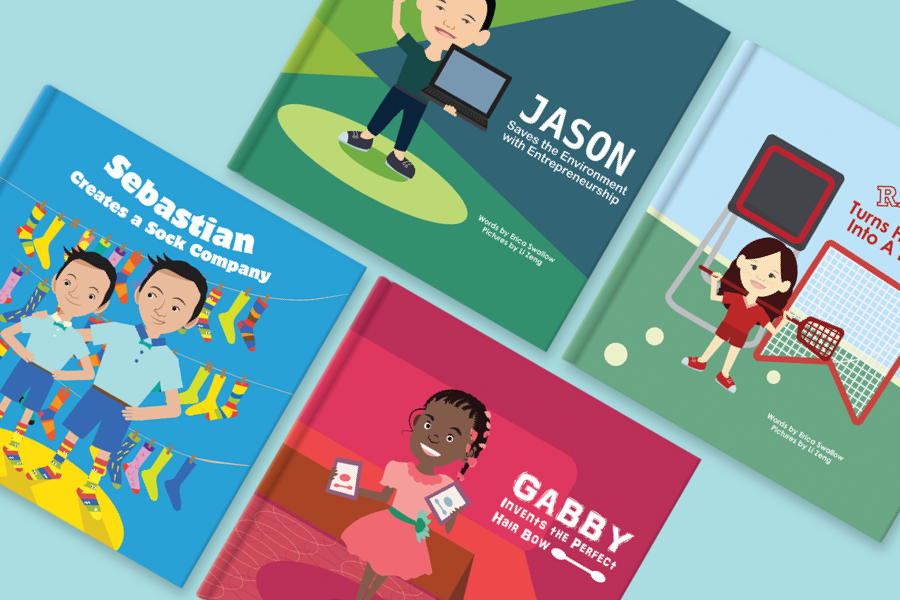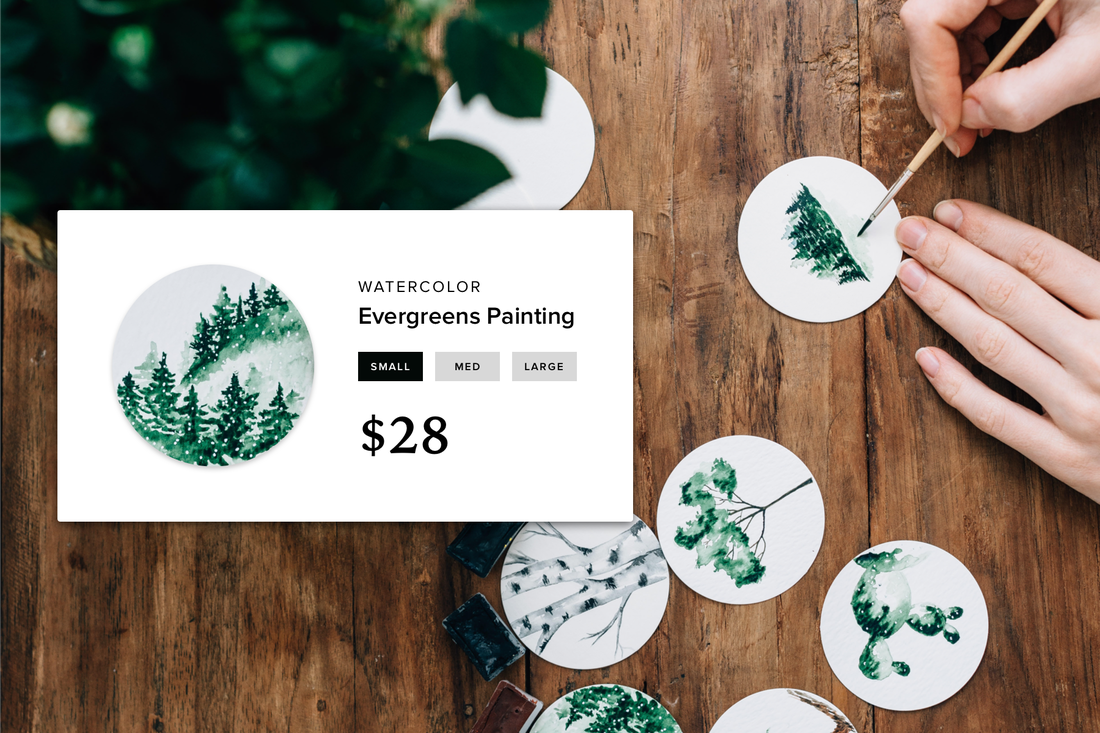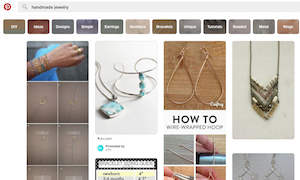Publishing is changing. Click bait headlines and lists are giving way to longer form content. And while search and RSS feeds still matter, native social publishing on platforms like Medium, LinkedIn and Facebook is guiding readers to new material in ever-greater numbers.
Social Publishing, Defined
No platform is benefiting from this shift more than Medium, a socially-connected publishing system from the founders of Twitter that has attracted $82 million in venture funding over two rounds from 20 investors.
Big brands are using the platform to get their message out. Others, such as Pacific Standard, have moved their publishing operations to Medium. Still others have created entirely new publications, such as Backchannel from former Newsweek writer Steven Levy and Bill Simmons' forthcoming custom publication, The Ringer.
Then there are clever entrepreneurs such as Tim O'Reilly, who uses social publishing to tout work that lives elsewhere. A regular at LinkedIn, he also publishes, comments and recommends content at Medium, and has an active Facebook presence. Much of the content points back to the business he founded and still runs, O'Reilly Media.
Making Use of Longer-Form Options
In this sense, O'Reilly is using one of the most common and potentially effective tactics for leveraging social publishing platforms. Known as "teasers," you write a partial blog post or article that reveals some -- but not all -- of the story you're telling. Then, after you've whetted their appetite with a clever graphic, headline, or lede, you invite the reader to click through to your website for more information. Here's how O'Reilly did it in September, using a LinkedIn article that drew over 12,000 views:
No platform is benefiting from this shift more than Medium, a socially-connected publishing system from the founders of Twitter that has attracted $82 million in venture funding over two rounds from 20 investors.
Big brands are using the platform to get their message out. Others, such as Pacific Standard, have moved their publishing operations to Medium. Still others have created entirely new publications, such as Backchannel from former Newsweek writer Steven Levy and Bill Simmons' forthcoming custom publication, The Ringer.
Then there are clever entrepreneurs such as Tim O'Reilly, who uses social publishing to tout work that lives elsewhere. A regular at LinkedIn, he also publishes, comments and recommends content at Medium, and has an active Facebook presence. Much of the content points back to the business he founded and still runs, O'Reilly Media.
Making Use of Longer-Form Options
In this sense, O'Reilly is using one of the most common and potentially effective tactics for leveraging social publishing platforms. Known as "teasers," you write a partial blog post or article that reveals some -- but not all -- of the story you're telling. Then, after you've whetted their appetite with a clever graphic, headline, or lede, you invite the reader to click through to your website for more information. Here's how O'Reilly did it in September, using a LinkedIn article that drew over 12,000 views:
Importantly, this is just one of a variety of ways to use social publishing to further your blog. Here are two more you may want to consider as you explore Medium, LinkedIn, and Facebook's Notes:
While the act of publishing hasn't changed much -- write, edit, hit publish -- bloggers have never had more control over the audience-building process than they do now thanks to social publishing tools that help connect with readers directly. Use them as an entry point to your blog and then reconnect with every new post. Also, leverage automation to get your work in front of the widest possible audience.
Whether they stick around after that first click depends on the quality of your content and who recommends it. Most of us would just like the chance to get that first click. For bloggers like you, that's where Medium, LinkedIn, and Facebook Notes can do the most good.
- Group previews: Tag networked readers when publishing and ask that they re-share with their networks if they like what they're reading. Facebook Notes is particularly useful for this type of publishing. Richer than a status update, a Facebook Note mimics the blogging functionality found in Medium and LinkedIn articles and adds richer tagging. Insert the "@" sign and then type the name of the person or company you wish to highlight in your note and they'll be alerted as soon as you publish. There are two good reasons to do this. First, if you've written some sort of rebuttal to an earlier piece from someone else, linking to them could start a new discussion (or debate, or flame war) that attracts new readers. Second, you may want to notify some of your more regular readers when new content is available. Tagging them on Facebook or in Medium -- or both -- may help to spread the word faster.
- Auto-publishing: Use IFTTT or Zapier to auto-forward and repurpose posts published on any of these platforms to other social networks. You can also automatically post new blog entries to these social publishing systems. Say you want to auto-populate a Medium publication you control, add the RSS feed from your blog to this recipe on IFTTT and then fill in the details from your Medium account to get started. (They'll show up as drafts at first, at which point you can customize.) Add connections to Twitter, Instagram, Facebook and more in order to make it even easier for would-be fans to find your work, and then apply hashtags to new posts in order to amplify distribution to those interested in the topics you cover.
While the act of publishing hasn't changed much -- write, edit, hit publish -- bloggers have never had more control over the audience-building process than they do now thanks to social publishing tools that help connect with readers directly. Use them as an entry point to your blog and then reconnect with every new post. Also, leverage automation to get your work in front of the widest possible audience.
Whether they stick around after that first click depends on the quality of your content and who recommends it. Most of us would just like the chance to get that first click. For bloggers like you, that's where Medium, LinkedIn, and Facebook Notes can do the most good.
 Tim Beyers Tim is a freelance business writer. He writes about the business of innovation, comics and genre entertainment on The Full Bleed.
Tim Beyers Tim is a freelance business writer. He writes about the business of innovation, comics and genre entertainment on The Full Bleed.






